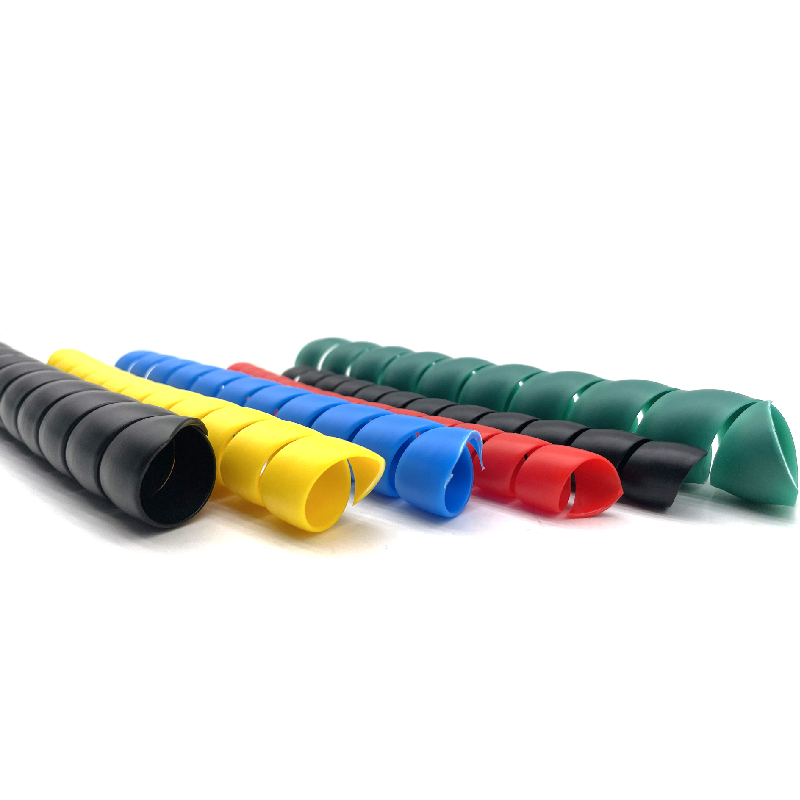Signs of a Failing High Pressure Power Steering Hose to Watch For
Symptoms of a Bad High Pressure Power Steering Hose
The power steering system in a vehicle is crucial for ensuring smooth and controlled steering, allowing drivers to maneuver their cars with ease. At the heart of this system is the high-pressure power steering hose, which carries hydraulic fluid from the pump to the steering gear. Over time, this hose can wear out, develop leaks, or become damaged, leading to a host of symptoms that signal a problem. Recognizing these symptoms early on can prevent more severe damage and costly repairs.
One of the first signs of a failing high-pressure power steering hose is a noticeable change in the performance of the steering system. If the steering feels stiff or difficult to turn, particularly at low speeds or during parking maneuvers, it may be indicative of a problem with the power steering fluid flow. A compromised hose can restrict fluid movement, causing the steering mechanism to struggle.
Leaks are another significant symptom of a bad high-pressure power steering hose. When inspecting your vehicle, pay attention to any puddles or spots of fluid underneath the car. Power steering fluid is typically a reddish or clear color, and if you notice this fluid on the ground, it may suggest a leak caused by a cracked or worn hose. A damaged hose can not only reduce fluid levels but can also lead to air entering the system, exacerbating steering issues.
Additionally, drivers may experience unusual noises when turning the steering wheel, which may be a result of low power steering fluid levels due to a leak in the hose. Whining, groaning, or whining sounds can indicate that the power steering pump is working harder than usual to compensate for the loss of fluid. This extra strain can lead to premature pump failure if not addressed.
symptoms of a bad high pressure power steering hose

Another symptom to watch for is the presence of a spongy or unresponsive steering wheel. When you turn the wheel, it may feel loose or fail to provide adequate feedback. This symptom often results from the hydraulic pressure being compromised due to a damaged hose, which hinders the effective transfer of power to the steering mechanism.
Temperature fluctuations in the power steering system can also be a warning sign of a bad high-pressure power steering hose. If the hose is damaged, it may not be able to withstand the heat generated by the power steering pump, leading to overheating. Drivers may notice a burning smell or see smoke rising from the engine compartment, which requires immediate attention to avoid engine damage.
In some cases, a deteriorating high-pressure power steering hose may also exhibit visual symptoms. Cracks, bulges, or fraying along the length of the hose can indicate wear and tear that compromises its integrity. If you spot any of these signs, it’s essential to replace the hose before it fails completely, which could leave you stranded or result in a loss of steering control while driving.
To sum up, recognizing the symptoms of a bad high-pressure power steering hose can help drivers maintain their vehicle’s integrity and ensure safe handling. Whether it's experiencing stiff steering, noticing fluid leaks, hearing unusual noises, feeling a spongy wheel, or observing visual wear on the hose, timely intervention can prevent further complications. If you suspect that your power steering hose is failing, it’s advisable to consult a professional mechanic who can conduct a thorough inspection and perform necessary repairs. Remember, proactive maintenance not only enhances driving comfort but also prolongs the lifespan of your vehicle.
-
Ultimate Spiral Protection for Hoses & CablesNewsJun.26,2025
-
The Ultimate Quick-Connect Solutions for Every NeedNewsJun.26,2025
-
SAE J1401 Brake Hose: Reliable Choice for Safe BrakingNewsJun.26,2025
-
Reliable J2064 A/C Hoses for Real-World Cooling NeedsNewsJun.26,2025
-
Heavy-Duty Sewer Jetting Hoses Built to LastNewsJun.26,2025
-
Fix Power Steering Tube Leaks Fast – Durable & Affordable SolutionNewsJun.26,2025

